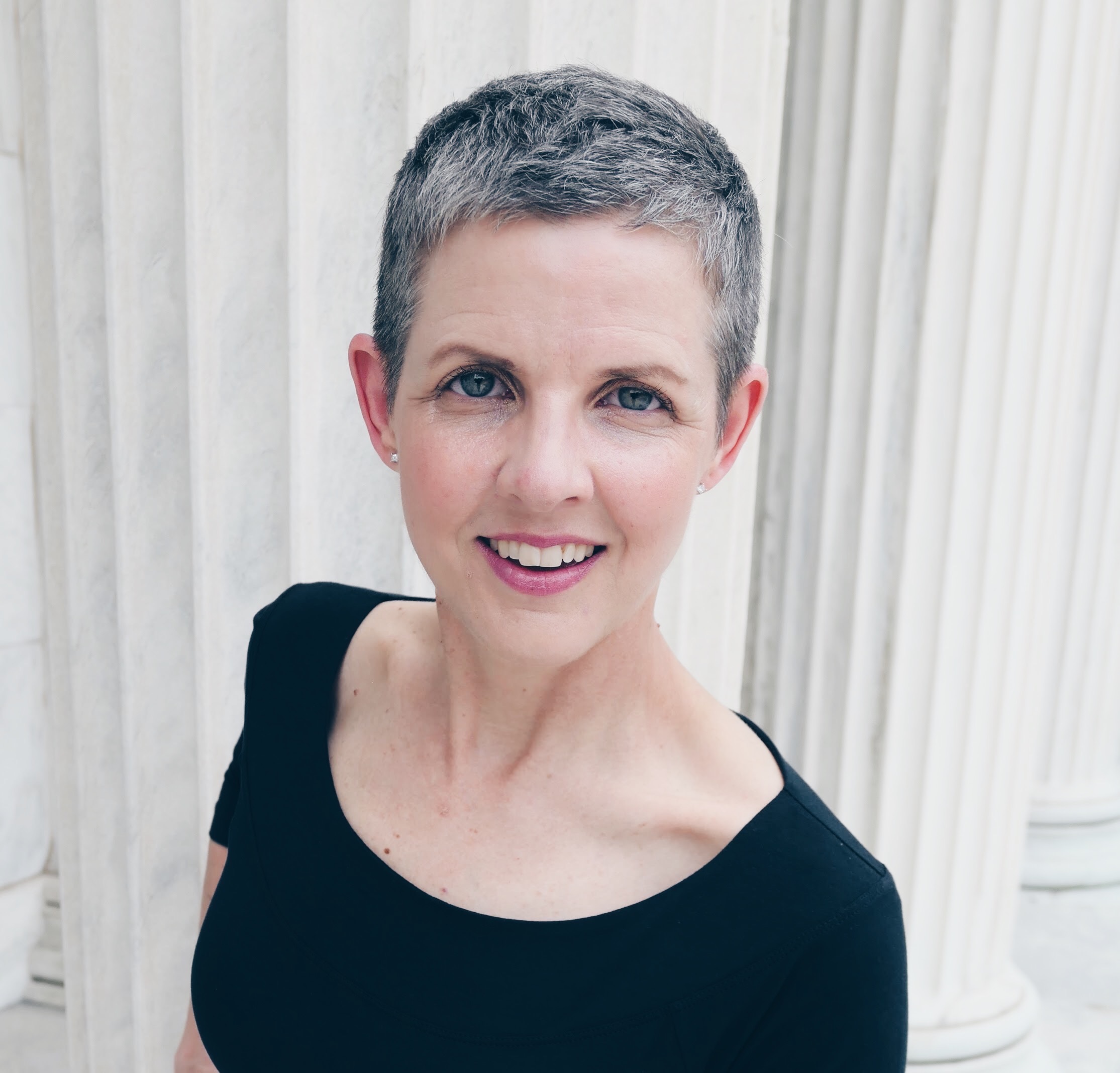Mindfulness is firmly in the mainstream. It is printed on product labels, has periodicals dedicated to it, is taught from Kindergarten to yoga class, and has become a part of our vernacular. Moreover, its benefits are widely touted in areas as diverse as immune health, self-regulation, and interpersonal relationships.
Yet, for many, the meaning of mindfulness and its practical applications remain murky.
So, what exactly is mindfulness?
Mindfulness is a rich topic that is inherently challenging to define.
In Mindfulness in Plain English, expert meditation teacher Henepola Gunaratana writes that a definition of mindfulness is like fingers pointing at the moon. The words offer an approximation, but they can’t capture the moon itself. Rather, mindfulness is understood or known through the direct experience of it.
Nonetheless, a working definition of mindfulness provides a useful conceptual framework for considering the vastness of mindfulness and how we might cultivate it.
So, here it is… my working definition of mindfulness…
Mindfulness is awareness of present-moment experience that is intentional and received with openness, curiosity, and care.
Mindfulness is a simple notion. Its essence is “present-moment awareness or attention.” However, it is the kind of awareness and the orientation of the practitioner that best capture the spirit of it.
Let’s build this definition for a fuller understanding.

Here is my definition of mindfulness, one piece at a time.
Mindfulness is awareness of present-moment experience…
Mindfulness is the knowing or awareness of present-moment experience without the influence of thought or associations. In other words, we aren’t adding stories on top of our experience or looking at it through a lens of interpretation. Rather, mindfulness arises from the directing of our attention toward our actual, lived experience – of breathing, of being in this body, of thinking, of feeling, or of sensing our environment – as moments unfold. Rather than being in the present moment itself, we’re living in the experience of this moment, and we’re aware we’re experiencing it.
Pause and ask: What am I knowing right now? As we take in our environment or turn our attention inward, there is a quality of ordinary knowing. What allows it to arise? This knowing is always happening. And, in this moment, we’re both knowing and knowing we’re knowing. This is awareness, and it is fundamental to mindfulness.
Mindulness is awareness of present-moment experience that is itentional…
Intention is our aim or purpose. It sets the compass of the heart and mind to awareness and orients us toward it by knowing why we’re doing what we’re doing. It is intention that sets our motivation to engage in a certain way. Essentially, intention is like a seed with the potential for openness, curiosity, and care. Intention motivates every action. Consider your intention right now. What is your intention rooted in?
Mindfulness is awareness of present-moment experience that is intentional and received with openness, curiosity, and care.
As we experienced earlier, awareness is available to us when we pay attention. And mindfulness is available to us when we pay attention on purpose in a particular way. Because it is available, mindfulness, or mindful awareness, is ultimately received rather than created. It relies on the observing power of the mind, although it is not observation absent of experience. We can consider it a watchfulness for what is there, including our experience of it. And we simply remain receptive to it all.
As we maintain watchfulness, we orient ourselves toward openness, curiosity, and care. Openness has to do with accepting our experience as it is. It allows us to hold this moment in awareness, including any joy or discomfort, pleasure or pain.
It is curiosity that invites us closer. By engaging curiosity, we consciously attend to our experience, moment by moment, without automatically categorizing it, judging it, or habitually reacting to it. The terrain, then, becomes ripe for inquiry: What is this experience like? Can I let this be? Can I let this go? What attention does this require? How am I attending to it?
We also bring a sense of care to mindfulness. Mindfulness starts and ends in the body and involves the mind, body, and heart. Care is a quality of the heart. Care imbues our practice with a quality of tenderness, a softening of the heart. It allows us to be kind with ourselves, our practice, and ultimately, to know that mindfulness is bigger than “me.”
Through this explanation, we’ve been attempting to understand mindfulness objectively with the rational mind, but to actually experience mindfulness is to know it. So, try it now. Take a moment, pause, and sit in silence. You can ask: What’s happening inside me? And then simply receive.



0 Comments